Unearthing the Joy in Black History: In Conversation with Luke Reece on 1851: Spirit and Voice
In what seem to be the final chilly throes of COVID-19 restrictions in Ontario, many Black History Month festivities, ranging from lectures to exhibitions to musical and dramatic performances, have migrated online.
One such event is 1851: Spirit & Voice, a playful, theatrical convergence of past and present.
Recalling the events of the 1851 North American Convention of Coloured Freemen, playwright Luke Reece’s digital exploration of abolition and activism is presented in collaboration with Myseum of Toronto, Soulpepper Theatre Company, and the Ontario Black History Society. Audiences will “attend” the fictionalized conference online, bearing witness to re-imagined dialogues between Frederick Douglass, Mary Ann Shadd Cary, Henry and Mary Bibb, and more, all from the comfort of their own homes.
Viewers will be able to speak with one another, too — 1851: Spirit and Voice has been designed to prompt conversations on Black history and excellence across history even after the play’s final few lines — and after the performance, they’ll be able to attend a talk entitled “On Safety, Glass Ceilings and Feminism,” written and presented by Dr. Naila Keleta-Mae. The talk will be followed by a live question and answer period with Natasha Henry, President of the Ontario Black History Society, playwright Luke Reece, and Dr. Keleta-Mae.
We sat down with playwright Luke Reece to find out more about 1851: how the piece came to fruition, why this project is so important right now, and what audiences should know before attending.
The following interview has been edited for length and clarity.
Hi, Luke! Thanks for joining us today. Let’s start off with something simple: can you tell us a little about you and your artistic practice?
I’ve been the Associate Artistic Director at Soulpepper Theatre for… for a year! It’s been a full year since I’ve been Associate AD, during a pandemic, which is wild. Almost to the day, actually.
Anyway. I’m a playwright, I’m a spoken-word artist, I’m an educator, a curator, a lover of the Toronto Raptors — that’s a big part of my life — and I’m a writer. I like to tell stories. I have a toque that says “storyteller” on it that I never wear because it’s a little too weird. But that’s who I am.
And can you tell us a little about 1851, and what inspired you to write it?
It’s funny — it was probably a year ago that I asked to write this piece. It was a commission — Myseum commissioned me to do it. It wasn’t something where I woke up one morning and thought, “I want to write this historical, theatrical, reimagining of this huge convention that took place 171 years ago!” That’s not really my thing. (Laughs.)
I like to use humour. I like to talk about things that are going on now. A lot of it really comes from personal experiences, or moments in my life that I’m unpacking through my writing. This is very different from anything else I have out there in terms of its subject matter.
I remember — barely — learning about Black History Month in school. It wasn’t really a thing outside of Martin Luther King, Jr. That was it. So it was an opportunity for me to learn about Canada’s role in Black history — our relationship to that. We always see [Black history] through this American lens, and we learn about the beginning of the Underground Railroad, but we don’t learn what happened here, what’s still happening here. It was an opportunity for me to dive into that a little more, which was exciting.
I thought about it like, if I was gonna be in school learning about this subject matter for the first time, how would I want to receive it? And some people might watch 1851 and wonder why we’re using humour to talk about something that is really deep, and powerful, and meaningful. And to that I say: why not? I want people to engage with this work. I want them to see Black joy through these historical figures, and not just see the trauma.
The piece is centred around this North American Convention of Coloured Freemen, which happened in September of 1851 — a Thursday, not that it matters. It was a moment where abolitionists across North America came to Toronto to talk about how we were going to help Black people in North America and start new lives and communities together. This major conversation on how to move forward — all these different opinions — happened at King and Jarvis.
And I know there’s pressure on the project. Every Black person who watches — are they gonna think I’m misrepresenting Black Canadian history? But it’s my take. As a writer, whenever I’m addressing anything, I’m clear about it: y’all might have your own opinions about this, but this is my take. This is my perspective. You hired me to write it. This is what this is, a very Canadian take on American figures in Canada. It’s quirky, it’s fun. Lisa Karen Cox, who directed it and worked with me on it as a dramaturg, helped me find the right tone. I didn’t want it to be dark, or heavy: I wanted it to be important, but accessible in a different way.
I want people to engage with this work. I want them to see Black joy through these historical figures, and not just see the trauma.
Amazing. And I’m so curious, personally: who or what influenced you in creating this play?
These people — these historical figures. I did a lot of reading on Henry and Mary Bibb, Frederick Douglass, Mary Ann Shadd [Cary], the other figures who were supposed to be in it (laughs). The cast that we have is incredible, and worked so well together. I was inspired by the history, and I was inspired by Lisa and conversations with her on what this could be.
So — the actual experience of 1851. There’s a lot going on. Can you walk us through what we can expect when we attend?
Okay, yeah. So basically, you’re coming to this convention today — a revisiting of this convention. It’s an online experience on a digital conferencing platform. You register, there’s a chat feature, you can see who’s attending, who the speakers are. Then, you sit back, and let what happens, happen. I don’t want to say too much — but there’s some interactivity, some chances to engage via the chat. There’s a part where you have to choose a course of direction — not everyone will have the same experiences since there’s two tracks you can take. And I think you do miss out if you don’t see both tracks.
I’m excited to see this myself — it sounds super cool.
Yeah! I mean, if people can come out of it having learned something about the Black history that happened here in Toronto, and they had a good time, and they laughed a little bit, then I’m happy.
Okay. With apologies in advance, I’m putting on my Dramaturg Hat: why this play now? Why does this story need to be told now and what resonances are you hoping emerge?
We’re already behind in understanding Black history here. It should have been years ago, and in schools from the get go. And I hate contributing to this — in conversations on why all this Black work is happening now, you hear a lot of people say, “because of what happened after George Floyd’s murder.” And every time I have to grapple with that. It’s messed up that we live in a world where all of this stuff happens because a Black man had to lose his life. And yet, the power of that — the ripple of that — it’s wild to me. Every time I talk about it, I have to take a moment and think about it: it’s so messed up.
So partly because of that. Because of the initiatives we’ve seen in the city. The investment of the money going into these programs now. We’ve seen Toronto look through these issues with different lenses, through different programs and initiatives. What stories aren’t we hearing? What people were here before us on this land? We’re grappling with these faces, these buildings: it’s referenced in 1851, even. We’re making space for these people who were huge parts of these communities, and that’s exciting. I had a lot of learning to do! I’ve learned more in the last two years and I had through my entire upbringing about Black Canadian history. Black people also weren’t told these things: there’s the expectation that I knew about this already, and I’m like, “no! The education system sucks! This wasn’t a priority for anybody!” How was I supposed to know?
I acknowledge that — I don’t know everything or everybody. Even though I’m reading all I can, there’s nuance to it — there’s different contexts to it. Shoutout to Natasha Henry and the whole team from the Ontario Black History Society for the collaboration on the history, and for sharing those nuances with me.
I should also shout out Zero11Zero, the film company who produced this. I like to make sure people get their credit: we filmed this thing so quickly, with so many artists coming in and out of the project, I wasn’t its first writer, Lisa wasn’t its first director. It was a quick and dirty process and we really found the joy in it.
What stories aren’t we hearing? What people were here before us on this land?
Who is 1851 for? Who should see this piece?
I want everyone to see it. (Laughs.) Everyone might not enjoy it, and it’s definitely more for a Canadian audience, but I’m interested in 1851’s ability to be used as an educational tool. This is the initial launch of this piece, but there will be educational material and packages for schools to go along with it later on. It’s for two audiences: people like me, today, who tunes in, learns some stuff and has a good time, and someone like me fifteen years ago, twenty years ago, watching this and learning, and thinking, “oh! I didn’t know that about this building, I just saw it on the way to Raptors games! But all this stuff happened here!”
1851: Spirit & Voice is a free event from Myseum of Toronto, a museum known for capturing the lived and real experience of the diverse communities of Toronto. The piece will be streamed live on Feb. 17 and Feb. 24. Those interested in attending can find out more here.

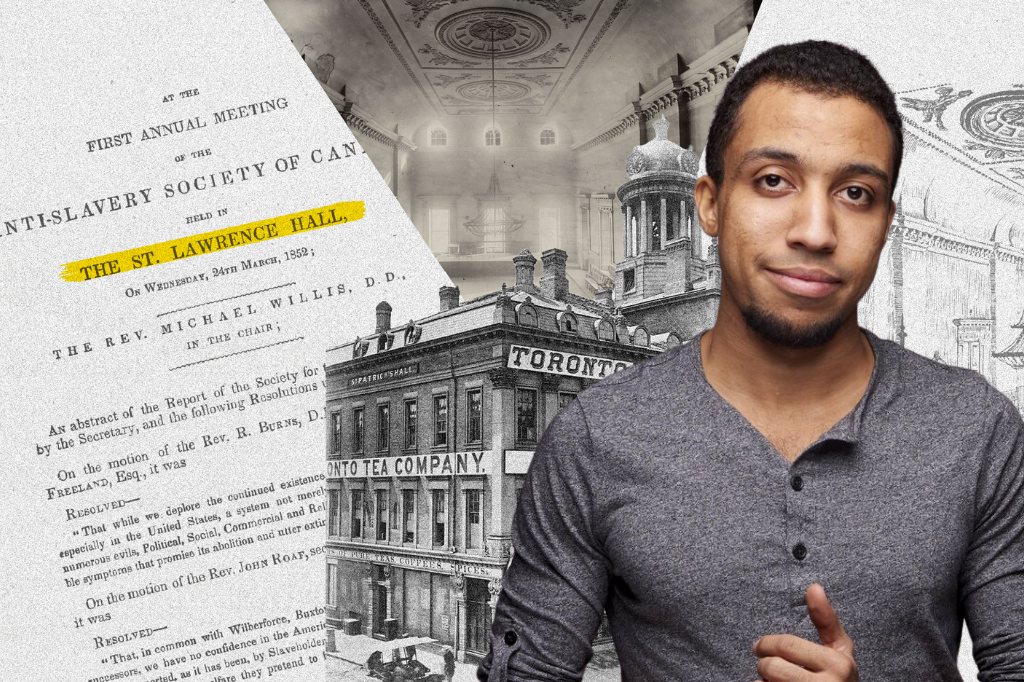
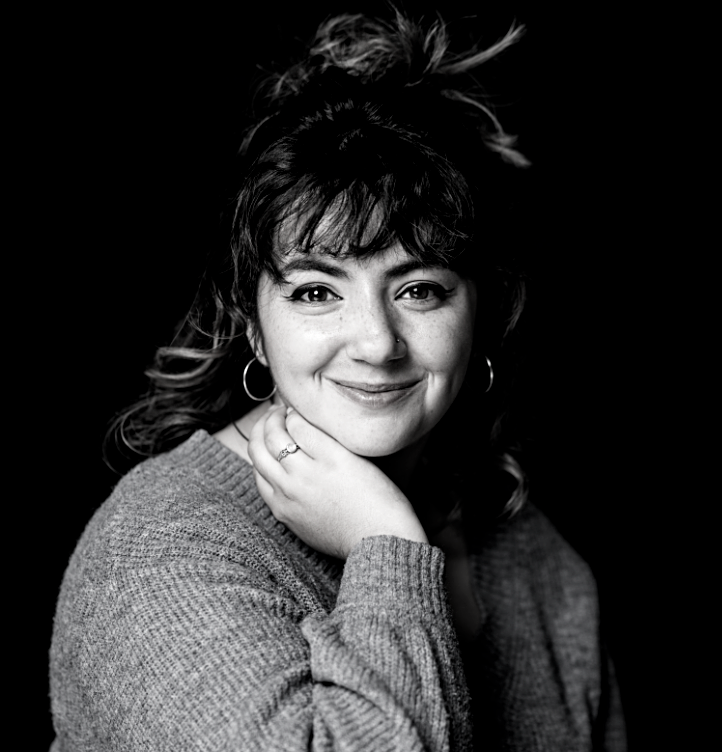
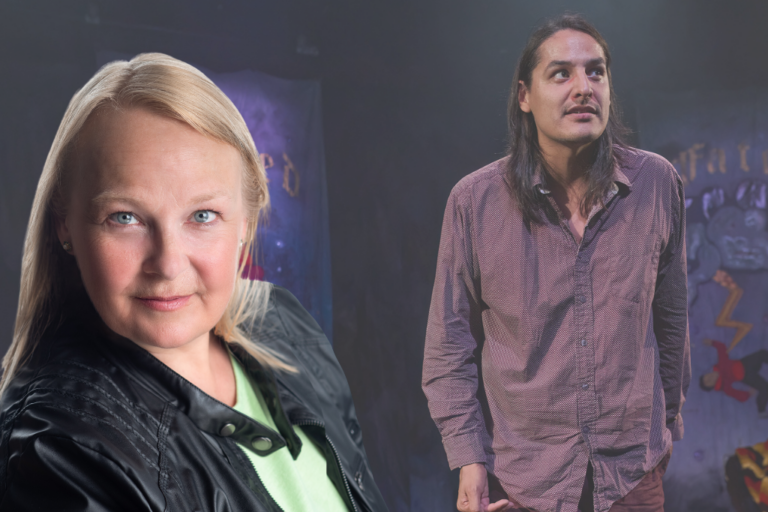
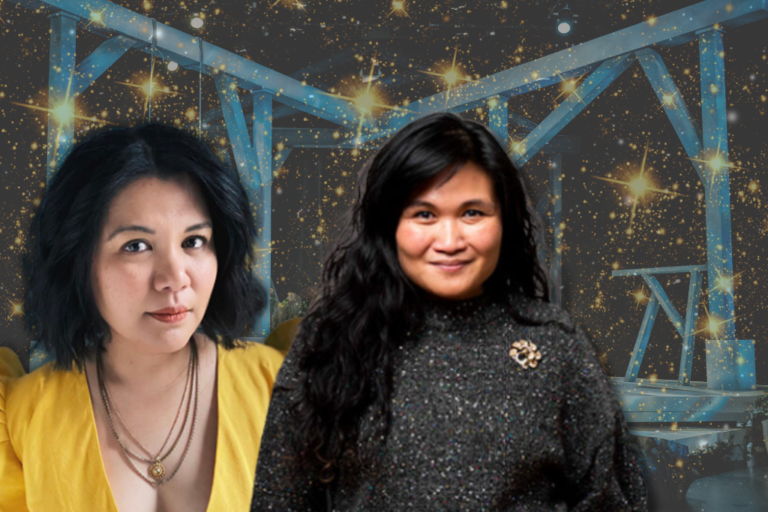
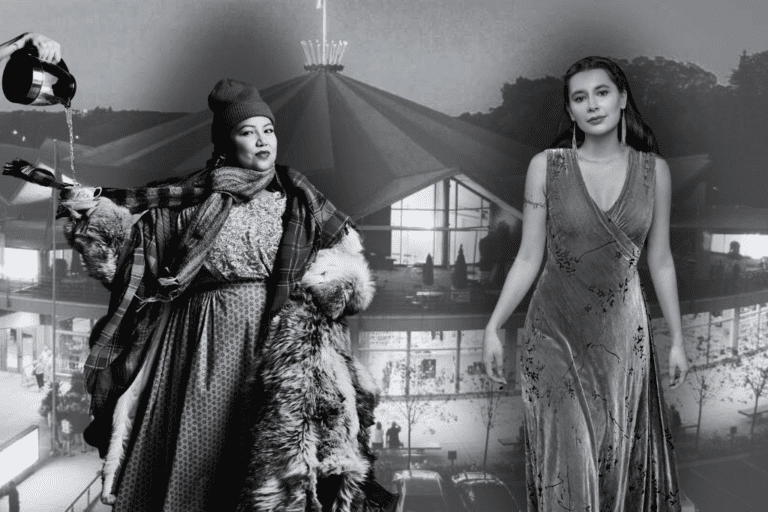

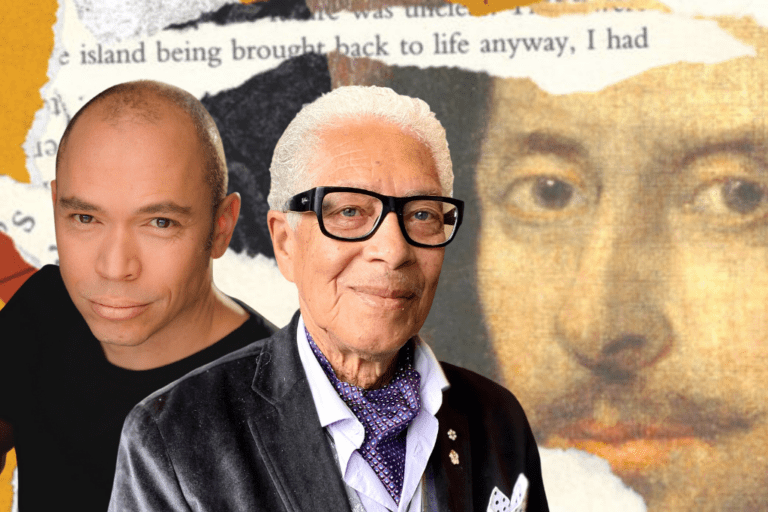
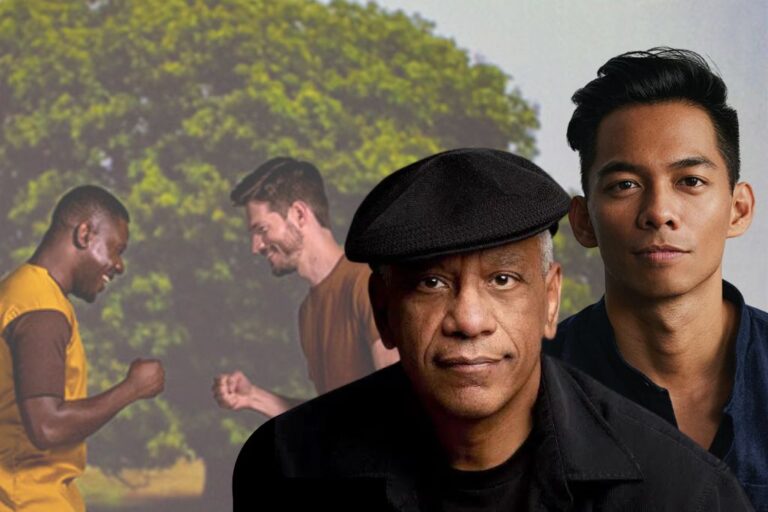






Comments